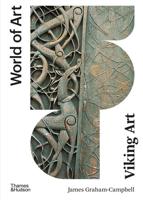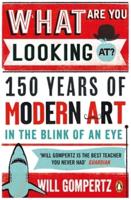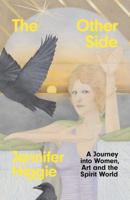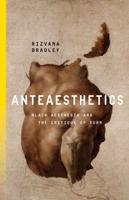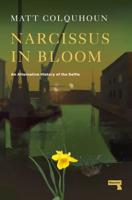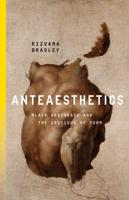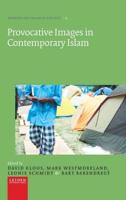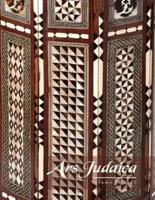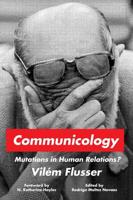Publisher's Synopsis
The transformation of a vast area - from central Spain to the delta of the Indus and from the Sahara desert and the Indian Ocean to the Mediterranean, the Caucasus, the Central Asian deserts, and the Hindu Kush - into a land controlled by Islam was accomplished within roughly a century. The traditions of this world were many and diverse, and the historical, political, religious, social and art-historical threads of these varied influences are woven together into an illuminating narrative. This volume presents a historical survey of the period which is based on the wealth of available information and the steps which are being made towards a critical discourse on Islamic art. Within the historical structure, the subject is divided by region, covering architecture, architectural decoration, the art of the book and the art of the object - textiles, ceramics, metalwork, woodwork. The broader impact of Islamic art on the non-Muslim world is also considered. The artistic and social development of identifiable areas, of the people who lived in them and the wealth of different ways of creating a beautiful environment are the focus of this book.;It will be richly illustrated and will provide an unsurpassed overview of the origins of Islamic art. It is based on Ettinghausen and Grabar's original text, but has been completely rewritten to take account of subsequent information and methodological advances.


